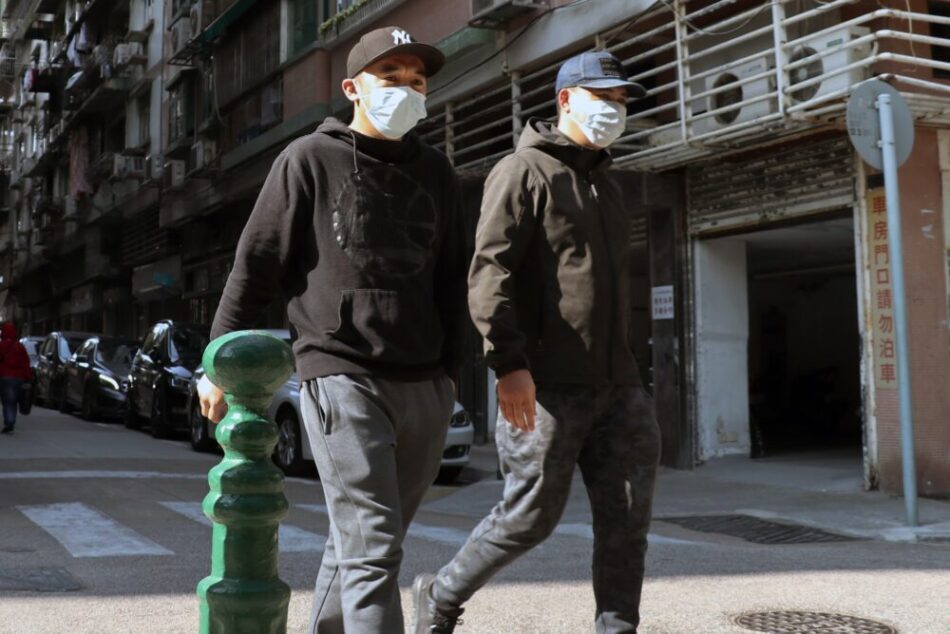Lockdowns are easing up in many parts of the world, people are returning to work and shops are lifting their shutters once again. But the pandemic is still evolving with COVID-19 cases continuing to see spikes.
The fear on people’s mind centers around the question: Are we already seeing, or will we eventually see, a second wave of the virus? Many scientists, doctors and experts believe that we are still amidst the first wave, to even expect the coming of the second. We are still witnessing several emerging hotspots, rashes of new cases in pockets of Asia and the U.S, all of which are technically part of the first wave.
What does a ‘second wave’ constitutes
The term ‘second wave’ does not necessarily have scientific parameters; there is no formal definition. Rather, the term is used to refer to the number of infections which goes up and then comes back down again. Some experts describe any rise as a second wave.
In order for the first wave to be over, the number of positive Covid-19 infections, would have to be brought under control and for the cases to fall substantially. Only after that, you can say a “second wave” would occur when the virus returns or when a new strain of the virus develops.
The scientists are suggesting the notion of much-used notion of ‘second wave’ of coronavirus rather untimely as most of the world is not over its first wave of contagion infections. But that doesn’t mean a second wave is not possible in the foreseeable future.
What to expect from a second wave of Covid
Because there is still a lot to know about the novel coronavirus, a second wave can be predicted. At the same time, however, there might not be a second wave as the first one won’t end. In any case, if a second surge is bound to happen, human behavior would have a major part to play. Behavioral changes, people’s decisions, and compliance to follow the restrictions and guidelines, and even a country’s leadership would be one of the determining factors of the second wave.
Around the world, according to the World Health Organization, a resurgence of COVID-19 is a threat. Areas that were hit hard by the coronavirus in the winter, such as China, Italy and Iran, are still on guard for outbreaks. In some countries with already relaxed closures and distancing measures, new infections are still occurring. Even countries with strict lock-down policies over the winter, such as China, are seeing new cases.
Countries around the world adopted movement restrictions on an unprecedented scale and social-distancing measures combined to keep people far enough apart that the virus couldn’t easily spread. A second wave of Covid-19 would hit us when people are tired of these very social distancing measures and lockdowns are lifted too far or too quickly.
Furthermore, the fear is that a second wave could befall during the autumn/fall season. It would be similar to what we experienced in the spring of 2020. But experts believe a second wave could be harder to control during fall, since that is the time which coincides with influenza season. If the coronavirus surges in the fall and the flu season is bad, the combination could potentially overwhelm the healthcare system.
It is important to note here that the notion of ‘second wave’ of coronavirus cases originates from the Flu-like symptoms which the contagion infection shows among the infected individuals. The ‘seasonal’ flu also sometimes features a second wave of infections. But since the seasonal link of COVID-19 cases has not proven right, with warm and humid countries like Brazil and India also recording a high number of coronavirus cases.
The only sense of escape we can hope is again based on the very notion of the nature of the virus. We don’t know yet if COVID-19 is a seasonal virus. We cannot expect that COVID-19 will behave as a seasonal virus (or influenza) and diminish over the summer only to return with a second wave in the autumn.
Can it be prevented
It has been shown that a strong public health system (consisting of widespread testing, contact tracing, isolation and health support) combined with public participation in safe behaviour (wearing face coverings, keeping physical distance, hand washing) is highly effective at minimizing COVID-19 transmission. To break the chain of a possible second wave, obliging to these very measures is imperative.
Experts say, the key to keeping infections low without locking down everyone is to scale up testing and contact tracing. Beyond maintaining social distance and wearing a mask when you go out of your home, the only other thing that will change or mitigate the severity of a second wave is when and if vaccines become available.




